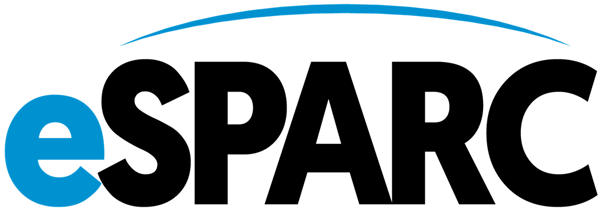Reciprocating Internal Combustion Engines (RICE) previously considered “emergency engines” under the EPA NSPS and NESHAP rules (RICE Rules) may now lose their exempt status according to a new Internal Guidance Memorandum issued by the EPA on April 15, 2016. The memorandum, “Guidance on Vacatur of RICE NESHAP and NSPS Provisions for Emergency Engines”, concedes that two provisions of the RICE Rules concerning the types of operations that were considered exempt emergency-use were not backed by requisite support findings and, therefore, were inconsistent with the requirements of the Clean Air Act. As of May 1, 2016, operations that were previously considered emergency use under those provisions will have to be included as part of the 100-hour annual operating limit for emergency engines.
Under the EPA RICE rules, existing engines that operate no more than 100 hours per year for non-emergency purposes are considered “emergency engines” and are exempt from emission standards that non-emergency engines must meet. Operators were previously allowed to exclude up to (i) 15 hours per year for emergency demand response (EDR) operations and (ii) 50-hours of operation “to supply power as part of a financial agreement with another entity” under Local Grid Support (LGS) provisions from their 100 hour per year limit. Last year, the DC Circuit Court found that the EPA had failed to take into account certain capacity market dynamics when the agency incorporated the EDR and LGS provisions within the RICE Rules, which resulted in an increase of “dirty” back-up power generation. The DC Circuit Court gave the EPA a year to challenge their finding, but the agency declined to do so.
The EPA memorandum confirms the vacatur of these provisions which means that operators must now include EDR and LGS operational hours as part of the 100 hour operation limit. As a result, facilities that have been utilizing these now-nullified provisions may be in danger of exceeding the non-emergency operating hour limit for their emergency RICE. If an existing emergency RICE cannot meet the 100-hour operating limit, the engine will lose its “emergency” engine status and may have to comply with the non-emergency RICE emission standards of 40 CFR Part 63 Subpart ZZZZ and 40 CFR Part 60 Subparts IIII or JJJJ. Furthermore, the reclassification of these engines will force facilities to modify their existing air permits to identify and include the applicable federally enforceable emission limitations. Engines that are required to change their emergency engine status as a result of the vacutur will have until October 31, 2016 to perform initial performance testing to demonstrate compliance with the applicable RICE emission standards.
Contact eSPARC at (281) 333-3339 for consultation on how changes in rules and regulation can impact your facility. We provide cost-effective solutions and assistance with compliance and permitting.
 Close
Close



